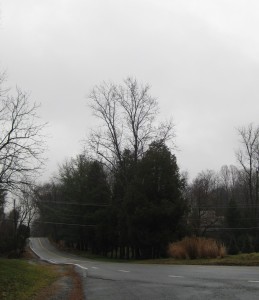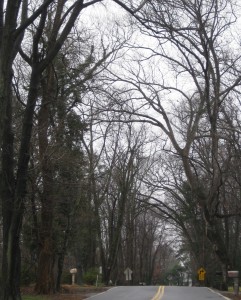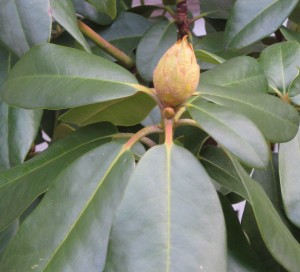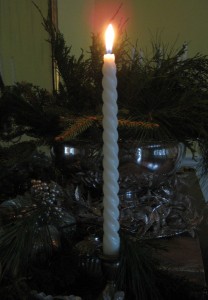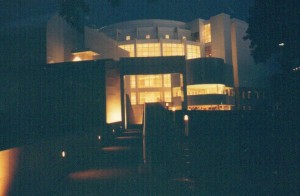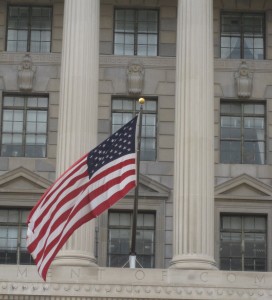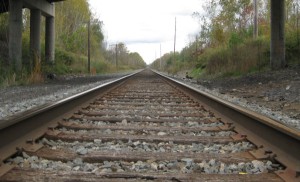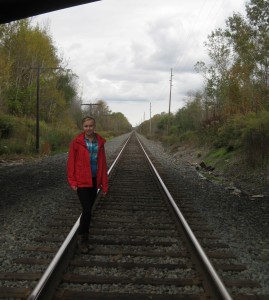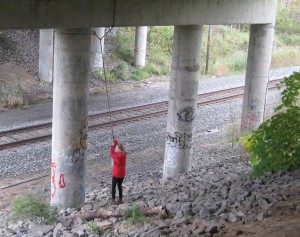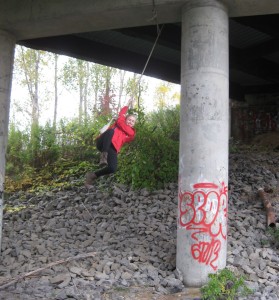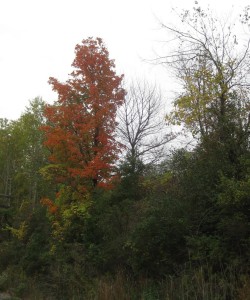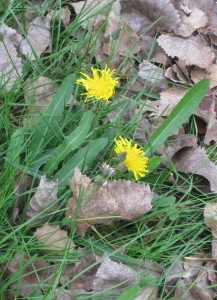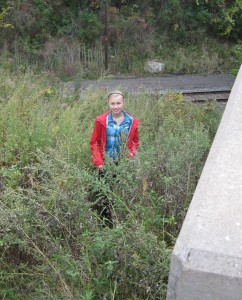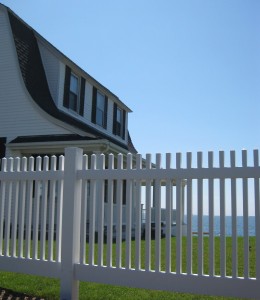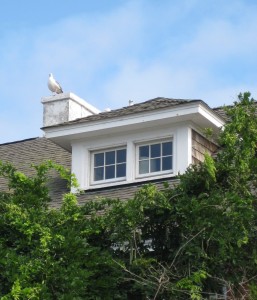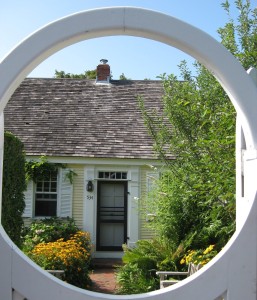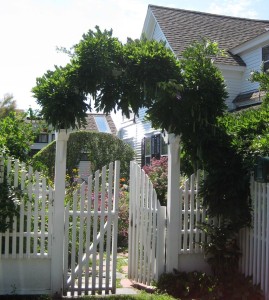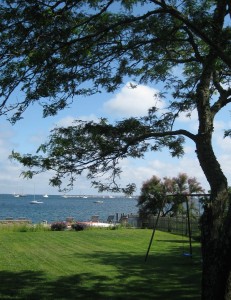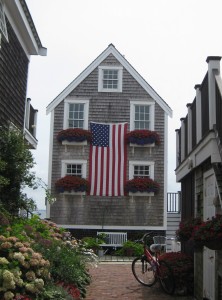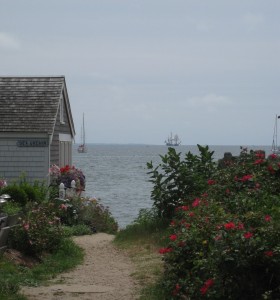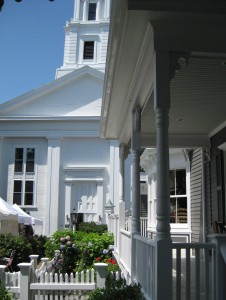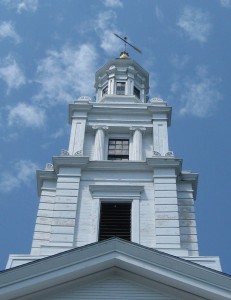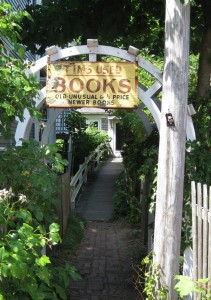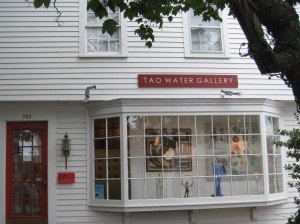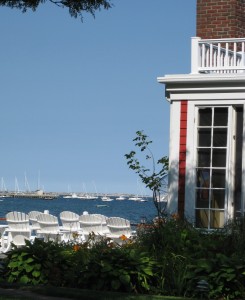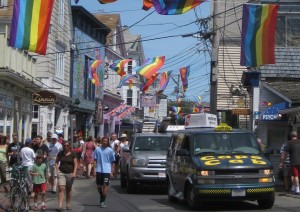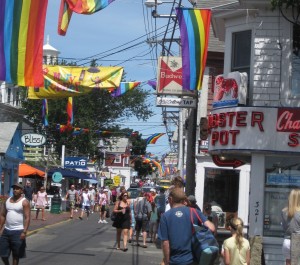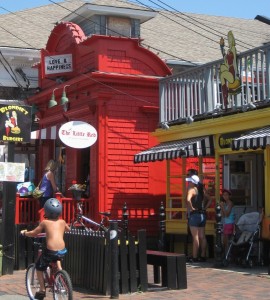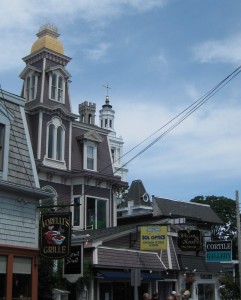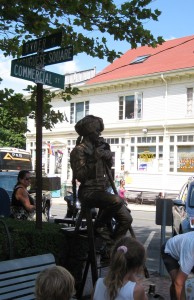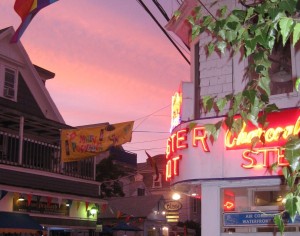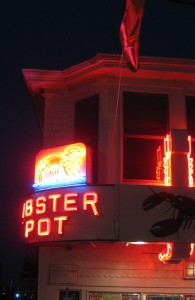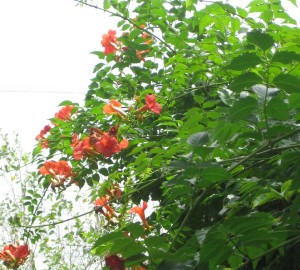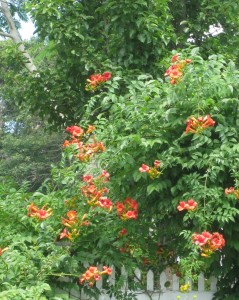The recent cold, rainy weather here in Virginia has been the sort that tests even the most dedicated dog walker. The mornings have brought no pastel watercolor skies, no evidence, really, at all, of the existence of a distant, light and life-giving golden orb. There is only a gradual diminishing of the steely gray darkness. The atmosphere of pervasive gloom is not lessened as the day progresses. It’s hard to look on the bright side when no bright side is visible.
On dreary wet mornings like this one, Kiko’s enthusiasm for the first outing of the day is, thankfully, muted. If the sound of rain is loud and continuous, he might remain curled in his bed, small and fox-like, for several hours. We have postponed that initial walk as late as 11:00 AM on some rainy days. I was hoping this would be the case today, but unfortunately it was not. I was able to delay him for about an hour, but no longer.
I cannot complain of being poorly equipped for dog walking in inclement weather. Prompted either by tender familial devotion or a determination that none of us would have an excuse for not walking the dog on wet days, my husband has outfitted the whole family with extensive rain gear. In addition to hooded, high-tech jackets, we have waterproof boots and pants. If it’s pouring rain, and if I can locate my rain pants (that’s a big if), I’m glad to pull them on over my jeans. More typically, I decide that the rain isn’t steady or strong enough to warrant leg protection. I usually regret this decision, as I did today.
Rain seems to bring out the absolute worst in Kiko’s on-leash behavior. You’d never know he is a Puppy Obedience School grad. (But we have the photo of him, looking ridiculous in a mortarboard hat, to prove it.) The wet weather apparently enhances the depth and variety of earthy smells, so Kiko dawdles excessively, his nose working furiously. Rainy-day walks seem to be, for my dog, the equivalent of science labs. Unless I tug him unmercifully, we inch along. Every clump of grass beckons, begging to be sniffed and sampled, its delicate taste evidently heightened by the rain. Every messy smudge on the road asks to be examined and identified. Dangerous human snacks like bony chicken wings are more likely to be discovered on rainy days, and I must fish them out of his mouth with my fingers. At least Kiko has outgrown his taste for earthworms. If he finds nothing of interest directly in front of him, he tends to stand transfixed, a model of indecision, checking the air for enticing aromas nearby. Finally, there’s what I call his fake-out marking, more prevalent in the rain. He smells a spot lingeringly and intently; he pauses, looks up, almost lifts his leg, yet decides against it.
The more impatient and miserable I become during these rainy walks, the slower Kiko moves. This morning I opted against bringing an umbrella. No matter how often I tugged my hood forward, it kept slipping back, letting rain drop into my eyes, ears and hair. Water trickled into the gap at my wrist between jacket and glove. My gloves were soon heavy and cumbersome. My formerly watertight boots have recently developed a leak, and the first puddle admitted a small flood. One foot was immediately drenched.
The final part of the walk is the worst, along a narrow county road that winds along by the stream bed. It’s picturesque, but treacherous. The nearly nonexistent shoulder is muddy, rutted and overgrown. I’m continually amazed at the cars that fly by, mere inches from my shoulder. I have been known, I admit, to shake my head slowly from side to side, or even to gesture forcefully, if not specifically, in hopes that some may think to slow down, or perhaps, when there is no oncoming traffic, to move closer to the center line. If I ever turn up in the “Public Safety Notes” of our free local paper, I predict it will be due to my encounter with some driver along this stretch of road. I hope it will involve no bodily harm to either party. I expect it will mention something like a “heated verbal exchange.”
For those of you, who, like me, are out there with your dog on dismal mornings, I commiserate with you. And for those who have no dog that requires walking, be sure to count this today as one of your blessings!
He looks so sweet–why can’t he sleep all day long?

